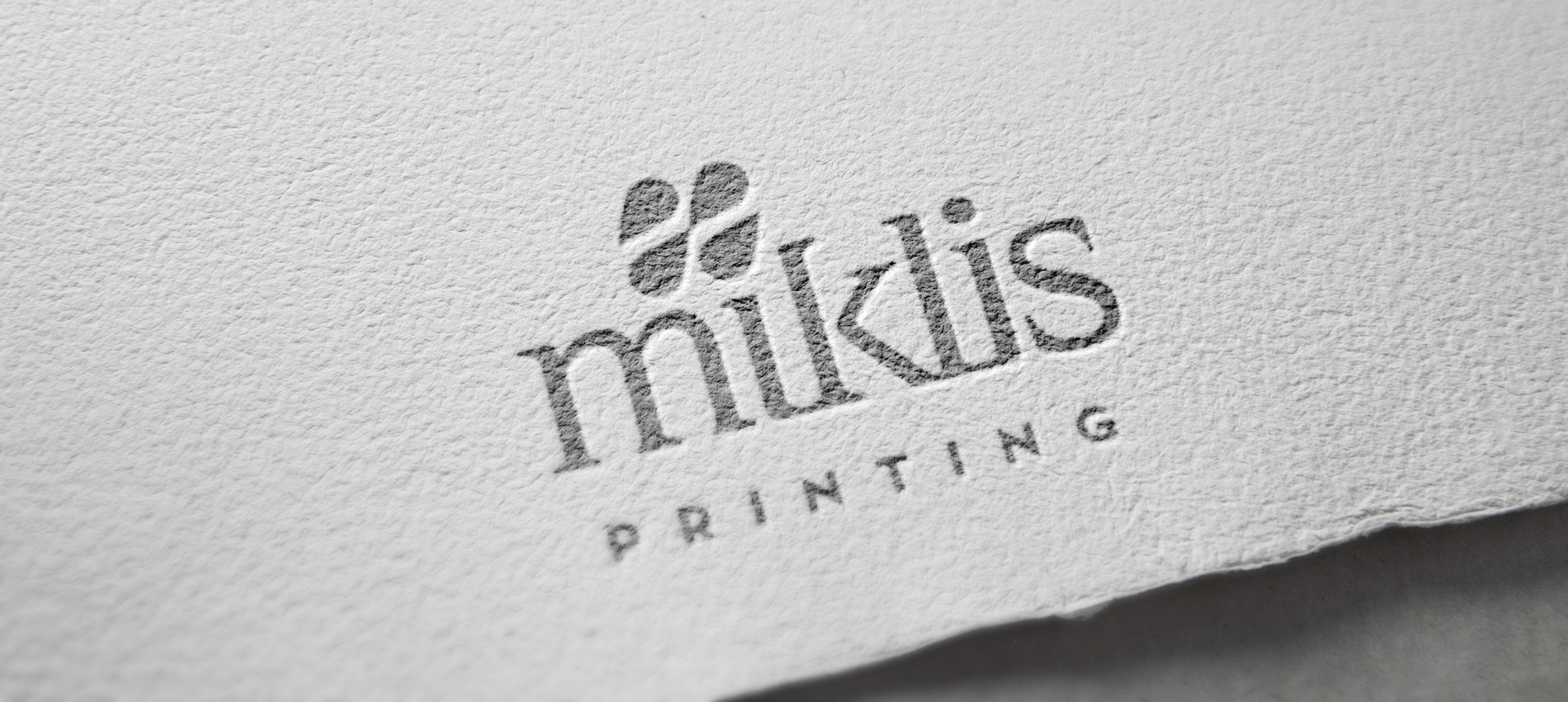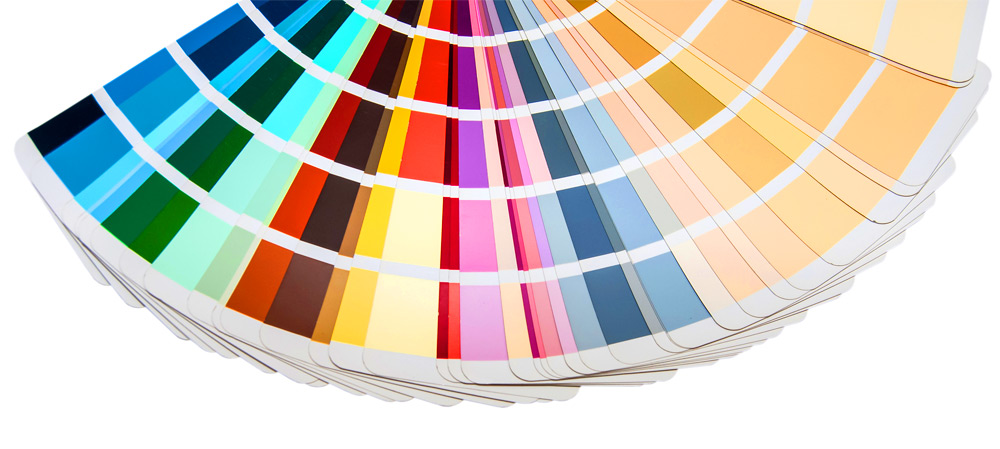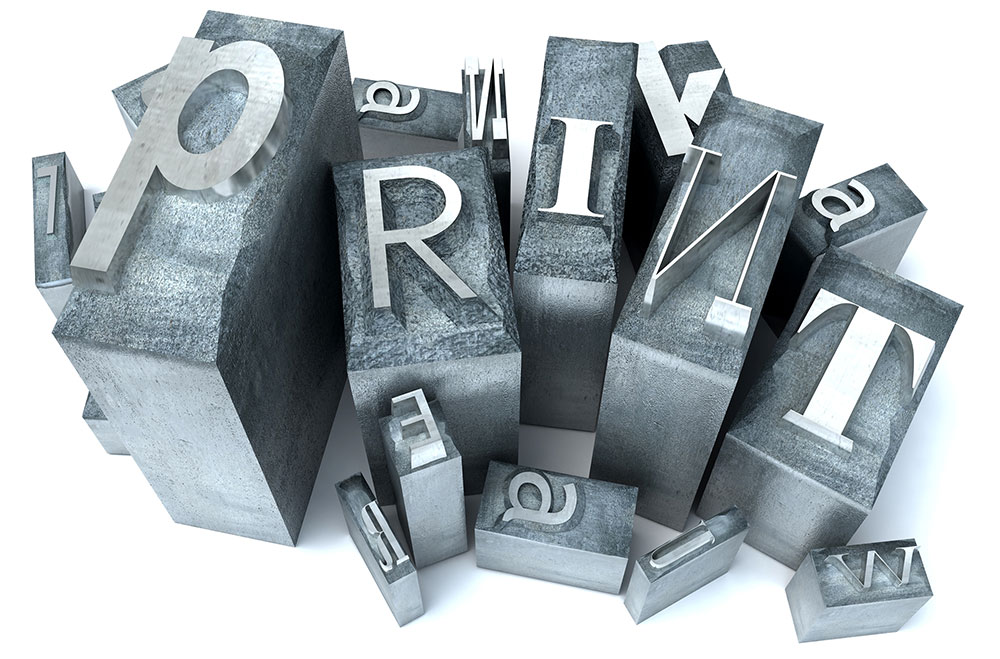
Paper quality matters. If you have ever noticed the difference that a slightly thicker-than-expected business card can make, or delighted in the slickness or texture to an invitation or flyer, then you understand the difference that the tactile sense of touch can make. Conversely, choosing a cheap or project-inappropriate paper can contrast with the message you are sharing. By choosing the appropriate paper for your project, you can make a great impression on your clients and prospects. With that in mind, you have a few choices to make regarding durability, yellowing, the ability to resist scuffing, and the sharpness quality if you are printing images. Coated vs Uncoated Paper When choosing the best paper for your project, keep in mind…



Recent Comments